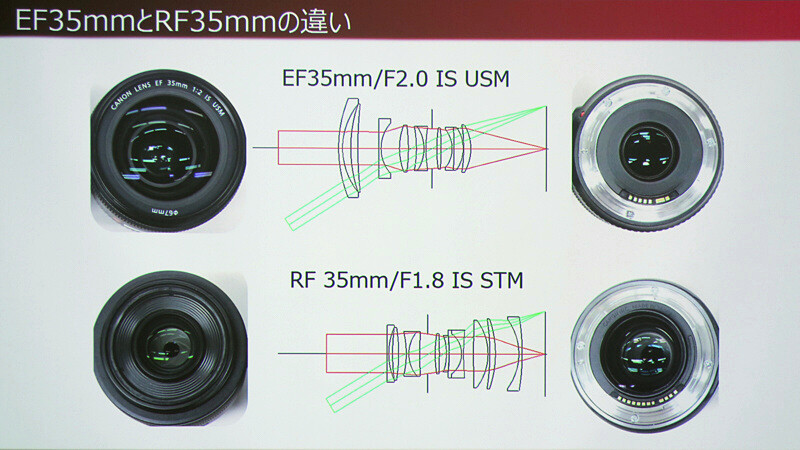What I’m seeing with all the illustrations here, and elsewhere, is an exaggeration of the size of elements for lens designs for mirrorless. The reality isn’t so exaggerated.
not sure about this - whether or not illustrations and images truly "to scale" ... or not.
illustration and images of the 2 lenses seem to correspond pretty well. does not look "exaggerated" to me.

waiting to read reports of "scratched rear lenses". oO
Upvote
0
